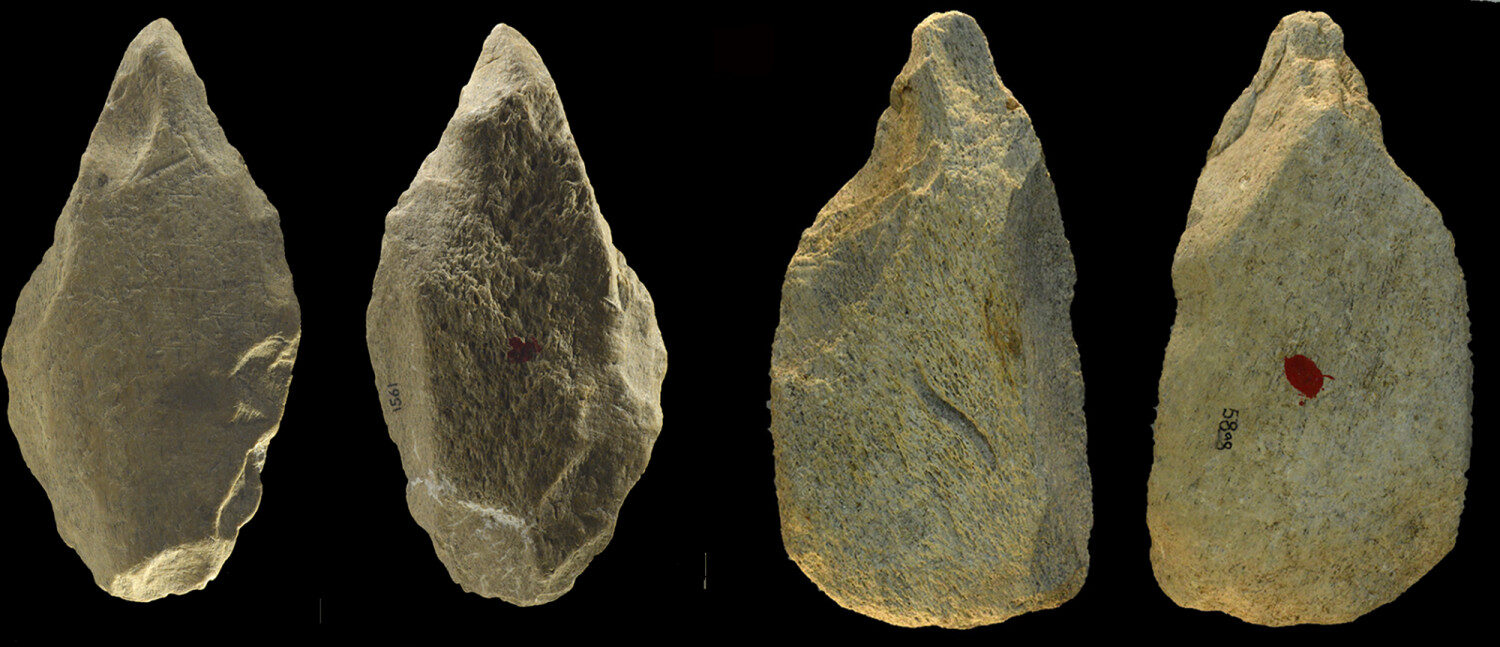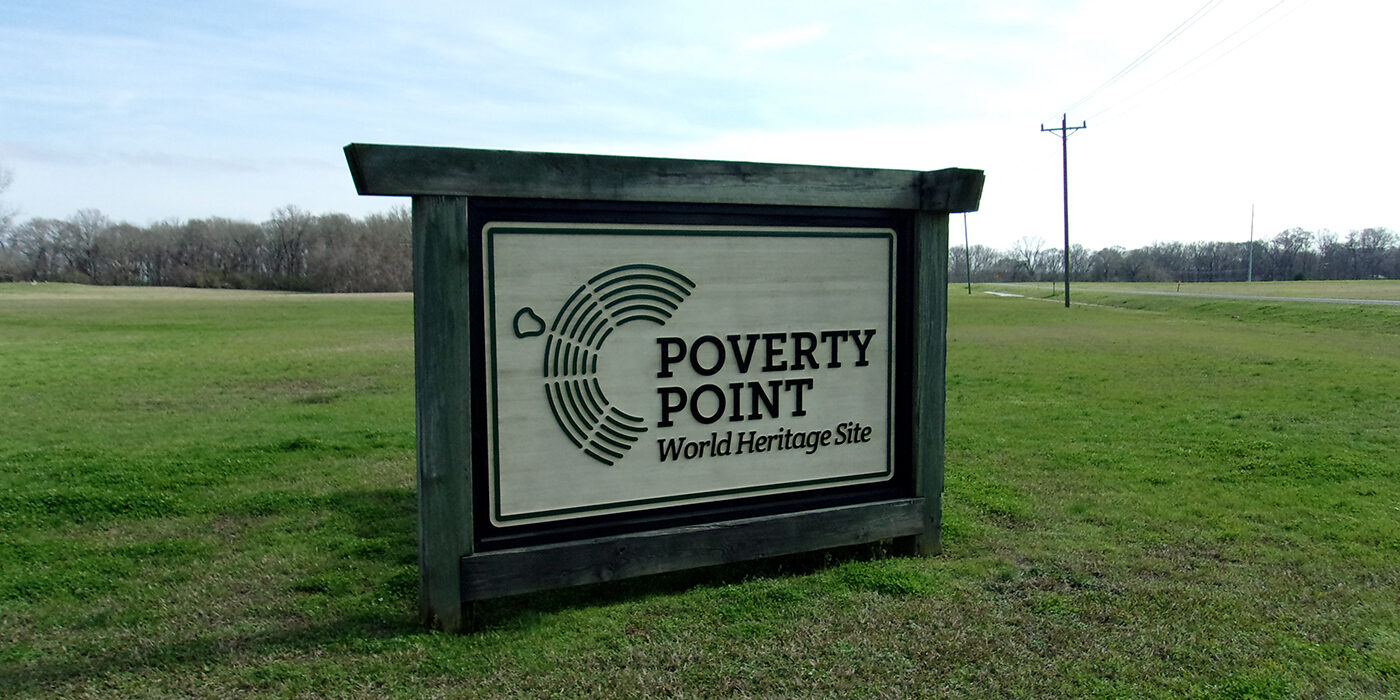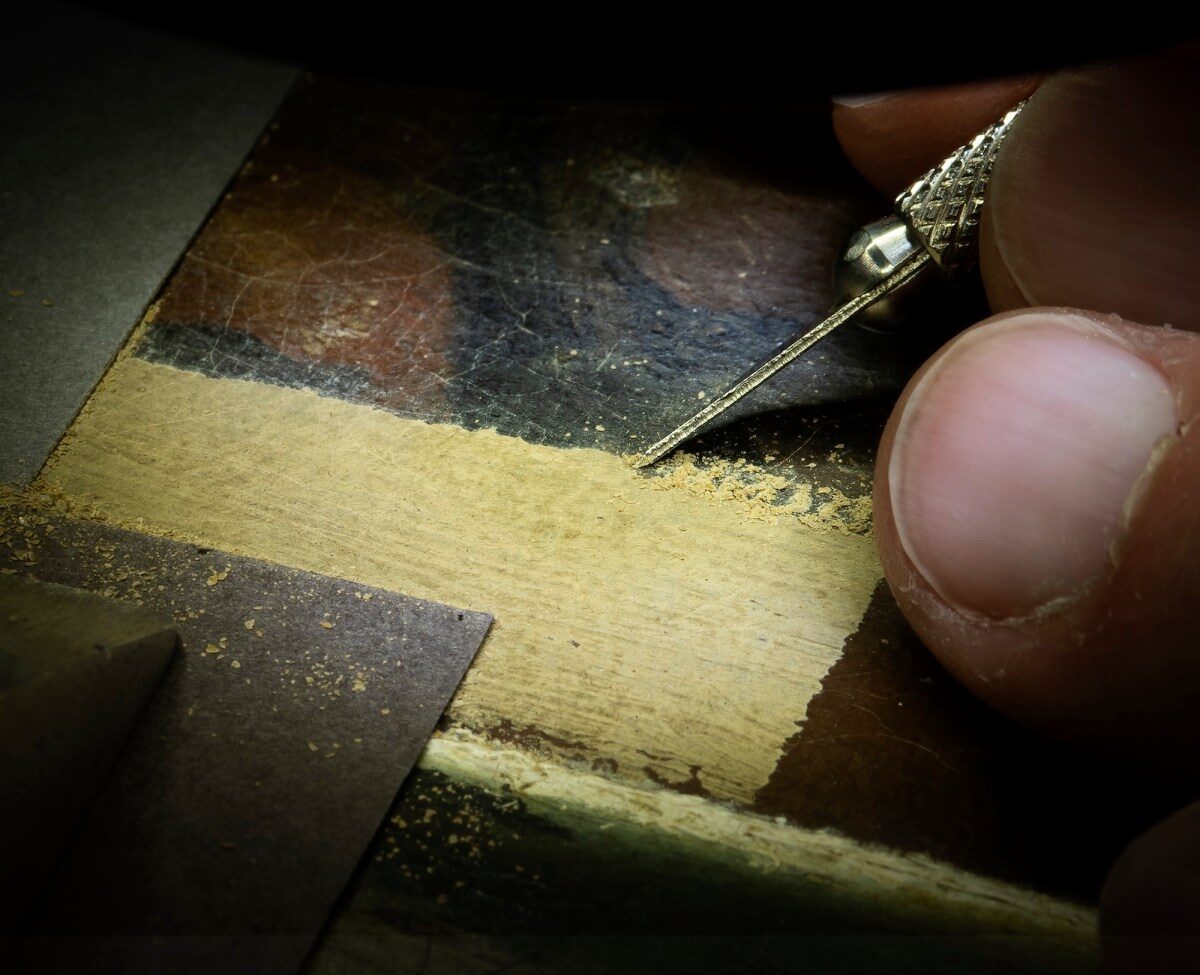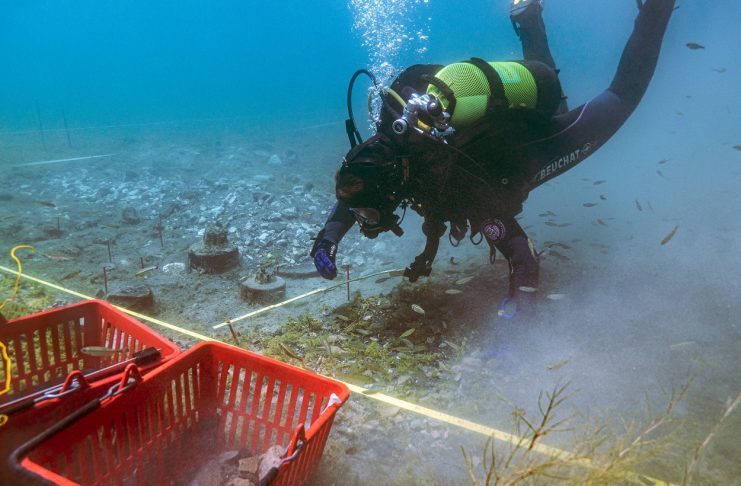
© Villa et al. 2021 PLOS ONEBone tools excavated from Castel di Guido in Italy.
In a new study, University of Colorado Boulder archaeologist Paola Villa and her colleagues surveyed tools excavated from a site in Italy where large numbers of elephants had died.
The team discovered that humans at this site roughly 400,000 years ago appropriated those carcasses to produce an unprecedented array of bone tools — some crafted with sophisticated methods that wouldn't become common for another 100,000 years."We see other sites with bone tools at this time," said Villa, an adjoint curator at the
CU Boulder Museum of Natural History. "But there isn't this variety of well-defined shapes."
Villa and her colleagues
published their results this month in the journal
PLOS ONE.
The study zeroes in on a site called Castel di Guido not far from modern-day Rome. Hundreds of thousands of years ago, it was the location of a gully that had been carved by an ephemeral stream — an environment where 13-foot-tall creatures called straight-tusked elephants (
Palaeoloxodon antiquus) quenched their thirst and, occasionally, died.
Castel di Guido's hominids made good use of the remains, occupying the site off and on over the years. The researchers report that these Stone Age residents produced tools using a systematic, standardized approach, a bit like a single individual working on a primitive assembly line.
"At Castel di Guido, humans were breaking the long bones of the elephants in a standardized manner and producing standardized blanks



Comment: See also:
- The Seven Destructive Earth Passes of Comet Venus
- Çatalhöyük: The 9,000 year old community troubled by climate change, over crowding and infectious diseases
- New Karahantepe settlement 'may be older than Göbeklitepe'
And check out SOTT radio's: